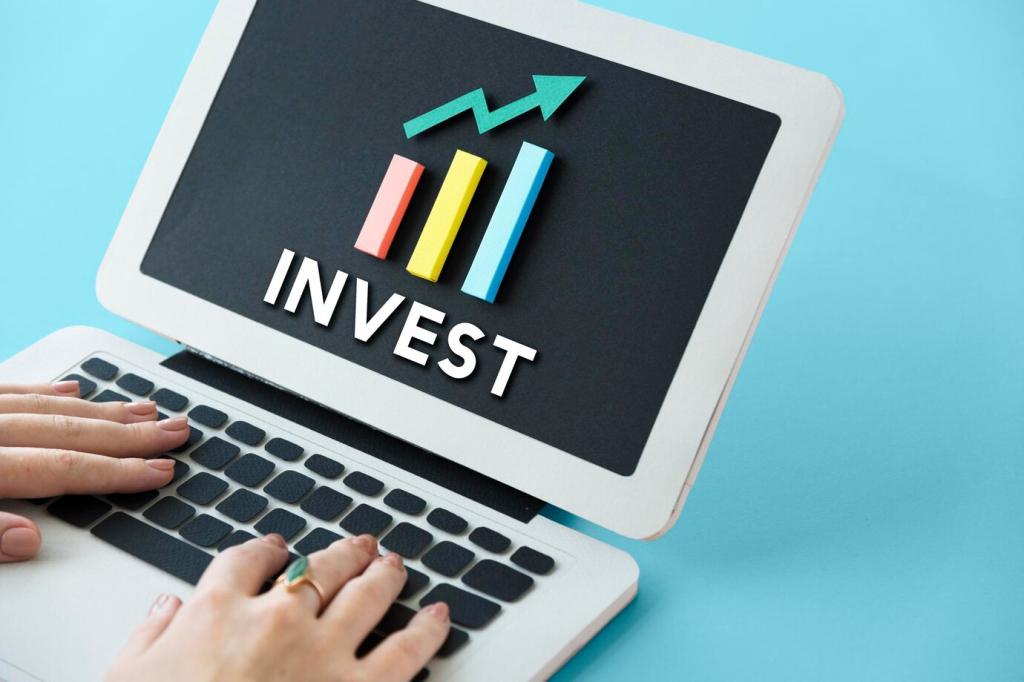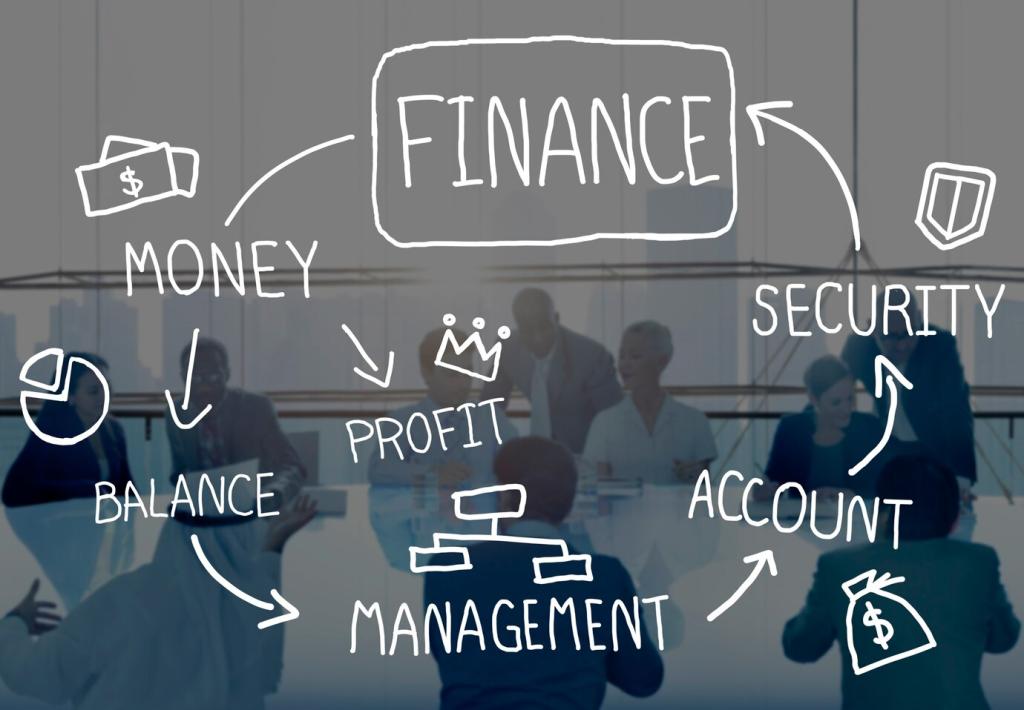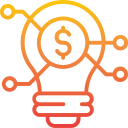Profit With Purpose: Sustainable Accounting Innovations for Malaysian Businesses
Today’s chosen theme: Sustainable Accounting Innovations for Malaysian Businesses. Join us as we turn ledgers into levers for impact—where Malaysian finance teams connect profitability with environmental stewardship, social value, and governance excellence. Subscribe and share your questions; this space grows stronger with your experiences and ideas.
Why Sustainability Belongs in Your Ledger
Bursa Malaysia’s sustainability requirements push companies beyond box-ticking. When finance teams quantify climate, social, and governance impacts, they surface efficiency gains, new markets, and financing options. That shift translates regulatory effort into investor trust, tender advantages, and customer loyalty—especially across export-oriented sectors under rising global ESG expectations.
Sustainable accounting connects the triple bottom line to verifiable metrics. Emissions, energy intensity, supplier ethics, and community outcomes move from narrative to numbers aligned with controls, ownership, and assurance paths. With clear baselines and targets, quarterly reviews evolve from cost policing into value creation dialogues grounded in evidence, not slogans.
A precision manufacturer in Penang mapped utility bills, maintenance logs, and production runs into a single sustainability ledger. By tagging machine downtime and air leaks to energy spikes, the team funded repairs from savings within months. The CFO now opens board meetings with avoided costs and emissions reductions—hard numbers, real momentum.
Frameworks and Standards Malaysians Can Use
ISSB, TCFD, and Bursa Malaysia
Start with decision-useful disclosures. ISSB’s IFRS S1 and S2 unify sustainability and climate reporting concepts, while Bursa Malaysia phases in climate-aligned requirements informed by TCFD. Prioritize governance, strategy, risk management, and metrics. Build a simple control matrix that links each disclosure to evidence, owners, and update cycles your auditors can follow.

IoT Meters and Real-Time Carbon Accounting
Submetering uncovers hidden waste. Connect IoT meters to production lines and chillers, stream data into your data warehouse, and calculate emissions using current grid factors. With anomaly alerts and peak-demand insights, finance can tag costs to root causes, justify retrofits, and forecast savings with confidence grounded in minute-by-minute evidence.
Blockchain for Traceability in Palm Oil and F&B
For sectors under deforestation and labor scrutiny, blockchain can anchor supplier attestations, transport records, and certifications. Linking batches to verifiable timestamps improves RSPO-aligned traceability and reduces duplicate paperwork. Auditors gain a consistent trail; buyers gain trust. Pilot with one product line, then scale once governance and training stabilize.
Data Lakes and AI That Survive Assurance
Centralize raw activity data—energy, logistics, procurement—before transforming it into reports. Maintain lineage, version control, and validation checks so AI-driven insights are explainable. When external assurance arrives, you can replay calculations, show change logs, and export supporting evidence quickly, turning a stressful audit into an orderly confirmation exercise.
Tax Incentives, Financing, and the Business Case
Unlocking GITA and GITE Efficiently
Green Investment Tax Allowance and Green Income Tax Exemption can strengthen project IRR when documentation is tight. Track qualifying assets, vendor certifications, and commissioning dates within your ledger. Tie evidence to claims from day one, not year-end, and coordinate with advisors early to minimize back-and-forth and missed windows.
Green Sukuk and Sustainability-Linked Loans
Sustainability-linked financing rewards measurable outcomes. Choose KPIs your operations can reliably track—energy intensity, renewable adoption, or verified emissions reductions. Define baselines, assurance plans, and remedies for underperformance. Lenders appreciate clarity; your treasury appreciates pricing that reflects disciplined, transparent execution rather than vague aspirational targets.
Savings That Stand Up in the Boardroom
Quantify benefits with recognized measurement and verification approaches. Attribute avoided costs to specific actions, separate weather or production effects, and track persistence over time. When the CFO presents durable savings with credible methods, sustainability proposals stop being experiments and start being prioritized like any other high-return project.
Operationalizing Scope 1, 2, and 3 in Malaysian Supply Chains
Start with material suppliers by spend and risk. Provide simple templates in Bahasa Malaysia and English, clarify requested data, and offer office hours for questions. Early wins come from shared fuel, electricity, and packaging metrics. Recognize progress publicly to foster momentum across SMEs that power Malaysia’s industrial backbone.

Operationalizing Scope 1, 2, and 3 in Malaysian Supply Chains
Use the latest, reputable emission factors for electricity and fuels relevant to Malaysia, and document your sources and update cadence. When grid intensity changes or cleaner fuels enter the mix, your ledger should reflect it transparently, enabling trend analyses that are fair, comparable, and useful for decision-making.
Culture, Training, and Change Management
01
Upskilling Finance for ESG Data
Teach materiality, boundaries, and controls alongside spreadsheets. Assign data stewards, run monthly close for ESG metrics, and conduct peer reviews. Finance professionals excel at rigor; give them domain context and they will build systems that integrate sustainability with budgeting, forecasting, and board reporting naturally and confidently.
02
Incentives and KPIs that Change Behavior
Tie bonuses to verified reductions, adoption of preferred suppliers, or audit-ready data completeness. Keep KPIs few but consequential. When procurement, operations, and finance share scoreboard visibility, small actions compound—lights-out policies, preventive maintenance, and waste segregation become everyday habits because they are measured and consistently rewarded.
03
Authentic Communication, Not Greenwashing
Publish balanced stories that pair milestones with lessons learned. Explain methods, boundaries, and uncertainties in plain language. Employees and customers recognize honesty. Authenticity draws collaborators, while over-claiming attracts scrutiny. Invite feedback and publish how you’ve acted on it—this loop is the fastest trust engine you can build.
Trends on the Horizon for Malaysian Businesses
Nature-related risks are moving from side notes to material considerations, especially for agriculture, manufacturing, and coastal operations. Start screening dependencies and impacts now. Even a light-touch assessment helps leadership anticipate future disclosures and investment needs before they arrive as urgent, unbudgeted surprises.

